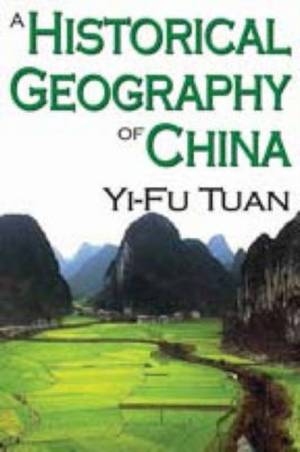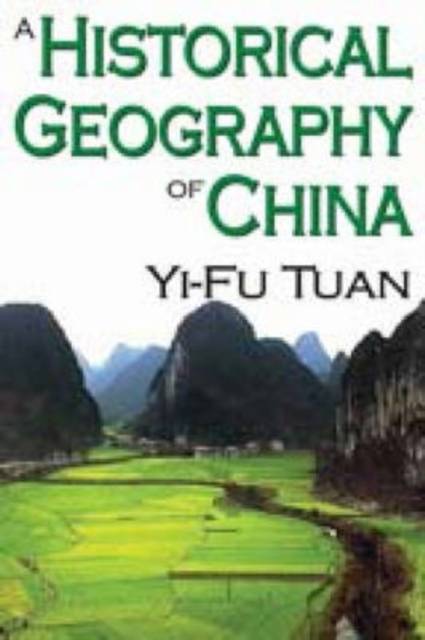
- Retrait gratuit dans votre magasin Club
- 7.000.000 titres dans notre catalogue
- Payer en toute sécurité
- Toujours un magasin près de chez vous
- Retrait gratuit dans votre magasin Club
- 7.000.0000 titres dans notre catalogue
- Payer en toute sécurité
- Toujours un magasin près de chez vous
Description
The Chinese earth is pervasively humanized through long occupation. Signs of man's presence vary from the obvious to the extremely subtle. The building of roads, bridges, dams, and factories, and the consolidation of farm holdings alter the Chinese landscape and these alterations seem all the more conspicuous because they introduce features that are not distinctively Chinese. In contrast, traditional forms and architectural relics escape our attention because they are so identified with the Chinese scene that they appear to be almost outgrowths of nature. Describing the natural order of human beings in the context of the Chinese earth and civilization, "A Historical Geography of China" narrates the evolution of the Chinese landscape from prehistoric times to the present.Tuan views landscape as a visible expression of man's efforts to gain a living and achieve a measure of stability in the constant flux of nature. The book ranges the period of time from Peking man to the epoch of Mao Tse-tung. It moves through the ancient and modern dynasties, the warlords and conquests, earthquakes, devastating floods, climatic reversals, and staggering civil wars to the impact of Western civilization and industrialization. The emphasis throughout is on the effect of a changing environment on succeeding cultures.This classic study attempts to analyze and describe traditional Chinese settlement patterns and architecture. The result is a clear and succinct examination of the development of the Chinese landscape over thousands of years. It describes the ways the Communist regime worked to alter the face of the nation. This work will quickly prove to be crucial reading for all who are interested in this pivotal nation. It goes far beyond the usual political spectrum, into the physical and social roots of Chinese history.
Spécifications
Parties prenantes
- Auteur(s) :
- Editeur:
Contenu
- Nombre de pages :
- 238
- Langue:
- Anglais
Caractéristiques
- EAN:
- 9780202362007
- Date de parution :
- 01-05-08
- Format:
- Livre broché
- Format numérique:
- Trade paperback (VS)
- Dimensions :
- 154 mm x 228 mm
- Poids :
- 399 g

Les avis
Nous publions uniquement les avis qui respectent les conditions requises. Consultez nos conditions pour les avis.






